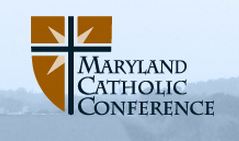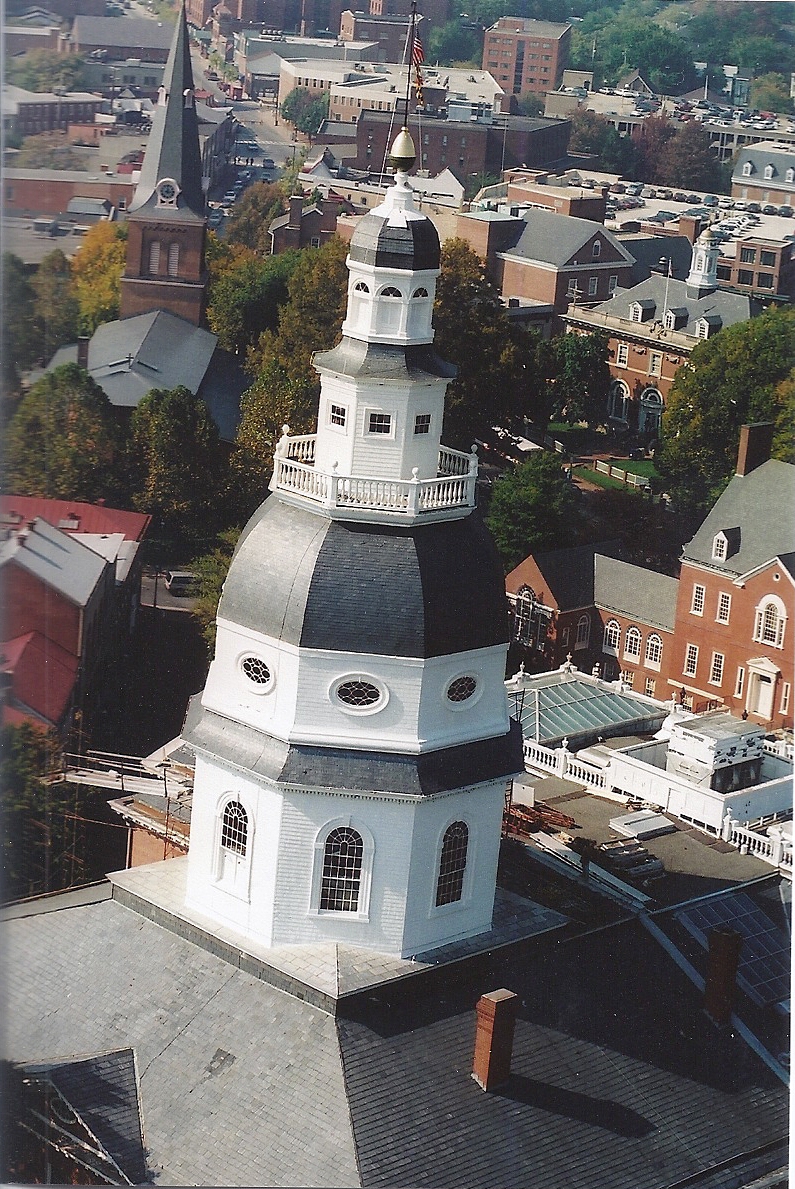Some of Md.’s largest religious charities rely on state funding
By Becca Heller
[email protected]
Religious-affiliated charities in Maryland drew in more than $70 million in funding from the state last year — which may come as a surprise since stark lines are often drawn between church and state.
Some of Maryland’s largest church-based charities receive the bulk of their funding from the state, according to charity leaders and the Department of Budget and Management’s spending database. Through a symbiotic relationship, the churches and state provide social and health services to those in need. A large portion of the funds come through Medicaid for health care costs.
Providing health care services
Religious-affiliated charities are able to work directly with the people in Maryland in a way that the state cannot, and because of this the government relies on these organizations to maintain the welfare of its constituents.
“Local services do end up providing the bulk of care right now,” said Courtney Malengo, public relations director for National Lutheran Communities & Services. “There’s going to come a time where the government can’t possibly provide the care people need and it falls upon social service groups to do that.”
National Lutheran Communities & Services is the second-largest recipient of Maryland state funding, receiving more than $6.5 million in 2012, according to the Department of Budget and Management’s database. CORRECTION: This money, which accounted for 68% of the NLCS annual budget in Maryland, went toward providing healthcare to the more than 700 700,000 elderly people that NLCS houses each year. In 2012, NLCS gave more than $5 million in benevolent care, which offset the cost of care for approximately 68% of residents.
Ausburg Lutheran Home, which like NLCS provides care for the elderly, also received a significant amount of money — about 64% of it’s $10.8 million budget — from the Department of Health and Mental Hygiene for Medicaid.
“Medicare will pay for care in a nursing home for a short period of time and then what happens is you transfer to Medicaid or you pay privately,” explained Diane Webb, the chief financial officer at Ausburg.
A smorgasbord of services
While the vast majority of state funding to religious charities comes from the DHMH and goes towards health care costs, some of the biggest charities saw an influx of money from other state departments as well.
Catholic Charities of Baltimore, the largest charitable organization in Maryland and the top recipient of state funding among religious-affiliated groups, received almost $28 million from the state. The majority of this — about $20 million — came from DHMH and went towards providing health care. However, about $8 million came from other departments, including the department of Education Aging, Housing and Community Development, Juvenile Services, and several other state departments looking to channel their services through the organization.
 “I think it should be noted that this is a valuable partnership between the state and these religious social service providers,” said Kathy Dempsey, communications director of Maryland Catholic Conference, which represents the Catholic dioceses. “[The charity groups] operate schools, shelters, prison ministries, parish outreach centers…there are all kinds of programs”
“I think it should be noted that this is a valuable partnership between the state and these religious social service providers,” said Kathy Dempsey, communications director of Maryland Catholic Conference, which represents the Catholic dioceses. “[The charity groups] operate schools, shelters, prison ministries, parish outreach centers…there are all kinds of programs”
Catholic Charities is able to offer a broader range of services due to the large size of the organization and the millions it has received from various state departments.
“The Catholic Church is the largest social service provider in Maryland,” said Dempsey.
“Our concern is for the vulnerable in our society.”
The charity doesn’t stop at the local level. Catholic Relief Services, based out of Baltimore, is one of the largest international outreach programs in the country and church’s official overseas relief organization. While CRS focuses its services abroad and raises money from American Catholics, this organization also receives the majority of its budget — 72% in fact — from the U.S. government.
CRS, like Catholic Charities, offers a broad range of disaster relief services — from food aid and health care to human trafficking prevention.
A matter of smart spending
Without government funding, many of these social service groups wouldn’t have as much financial muscle to provide services to people, and without these charities, the need to provide public social services would be far beyond the government’s capacity.
“The partnership between the religious community and the state government is an acknowledgement of the important role the diverse religious communities play in society and particularly in serving the needs of the people,” said Executive Director of Maryland Catholic Conference Mary Ellen Russell. “The state could not possibly meet all the needs of the vulnerable in our society without the help of these groups.”
Catholic Charities and other religious-affiliated groups are often able to provide social services to the public more cost efficiently than state programs, Russell said.
“I think it’s often the case that a nonprofit in the business of caring for the poor and the vulnerable can provide those services in a less costly way than the government can,” said Russell. “In part that’s because, while nonprofit groups rely on very professional staff, they also rely on an enormous volunteer base.”
Russell also feels that charity groups tend to spend their money more directly.
But as need grows, some social service groups wonder if they will be able to continue providing services to everyone seeking help.
“Our numbers of benevolent care grow every year,” said Malengo. “There’s going to be more need, more people, and the question becomes: How do you provide for that?”
The community niche approach
The Associated, a coalition of Jewish charities, has responded to that increasing need by identifying a very specific demographic and limiting their outreach, to be more efficient financially.
“I can tell you for sure that both Catholic Charities’ and the Associated’s systems are very very cost efficient,” said Art Abramson, executive director of the Associated.
The Associated, in contrast to Catholic Charities, receives a very limited amount of state funding.
“Every dime we get through public sources has to meet certain conditions and chief among them is that we’re open to serving everyone,” he said.
Abramson explained that the Associated primarily serves the Jewish population and therefore doesn’t accept much government funding.
“We’re not trying to ask for more than we think is necessary for the population that we serve,” said Abramson.

MarylandReporter.com is a daily news website produced by journalists committed to making state government as open, transparent, accountable and responsive as possible – in deed, not just in promise. We believe the people who pay for this government are entitled to have their money spent in an efficient and effective way, and that they are entitled to keep as much of their hard-earned dollars as they possibly can.

